Cruise ship speed typically has an average cruising speed between 20 and 25 knots (23-29 mph or 37-46 km/h). Some of the fastest cruise ships, like the Queen Mary 2, can reach speeds of up to 30 knots (34.5 mph or 55.5 km/h). It’s important to note that these speeds are not constant, as they can fluctuate depending on the factors mentioned above.
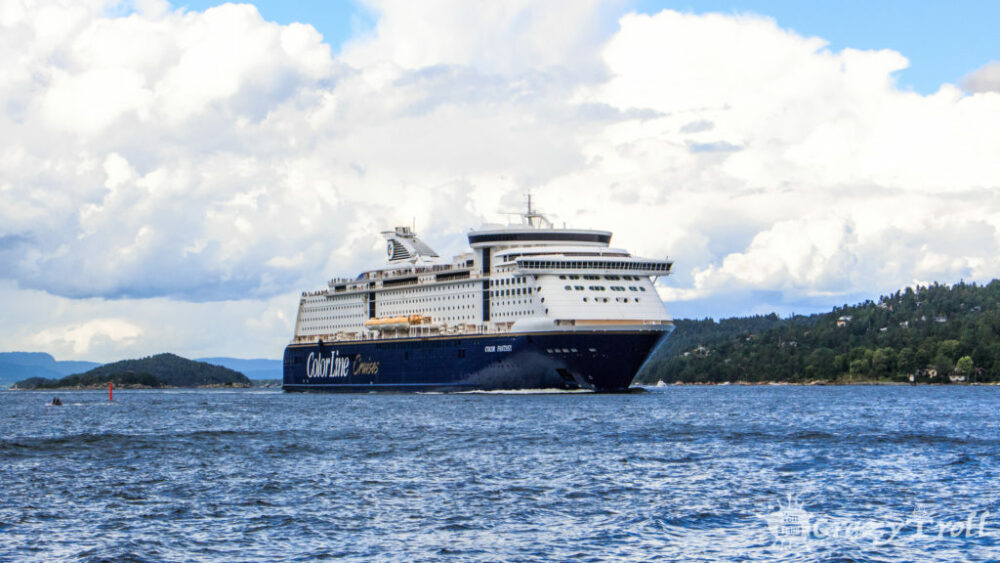
Average Speeds of Popular Cruise Ship Models
Other modern and notable cruise ships with impressive speeds include:
- Harmony of the Seas – This Royal Caribbean ship is one of the largest cruise ships in the world and can reach speeds of up to 22 knots (25 mph or 41 km/h). As a flagship of the company, it is known for its innovative design, diverse entertainment options, and environmental initiatives.
- Norwegian Bliss – Belonging to the Norwegian Cruise Line, the Norwegian Bliss can achieve a top speed of 23.2 knots (26.7 mph or 43 km/h). It is a flagship vessel offering a wide range of amenities, including the largest race track at sea and a stunning observation lounge.
- MSC Meraviglia – MSC Cruises’ MSC Meraviglia can travel at speeds of up to 22.7 knots (26.1 mph or 42 km/h). This ship is known for its cutting-edge technology, environmentally friendly features, and impressive entertainment options, including the world’s first Cirque du Soleil at sea.
- Carnival Vista – The Carnival Vista from Carnival Cruise Line can reach speeds of up to 23 knots (26.5 mph or 42.6 km/h). As the flagship of the fleet, it boasts unique features like an IMAX theater, a SkyRide attraction, and an extensive water park.
- Celebrity Edge – This innovative ship from Celebrity Cruises can reach a top speed of 22 knots (25.3 mph or 40.7 km/h). The Celebrity Edge is known for its revolutionary design, transformative spaces, and luxurious accommodations, setting a new standard in the industry.
- Disney Dream – Part of the Disney Cruise Line fleet, the Disney Dream can achieve speeds of up to 23.5 knots (27 mph or 43.5 km/h). The ship is designed to provide a magical experience for families, with themed areas, Broadway-style shows, and unique Disney touches throughout.
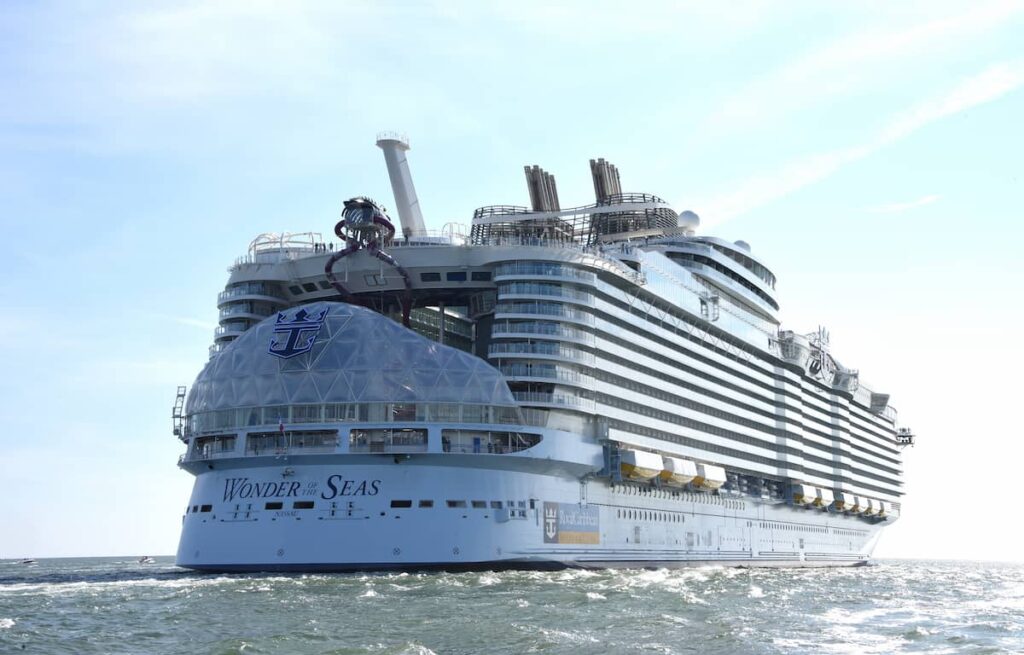
These modern cruise ships showcase the advancements in technology, design, and efficiency that have shaped the industry in recent years. Each flagship vessel represents its respective company’s commitment to innovation, sustainability, and exceptional guest experiences. The speed of cruise ships is much higher compared to cargo ships in most cases travel at speeds from 12 to 16 knots, however, container ships stand out in comparison to cargo ship speeds and can have speeds up to 20 – 25 knots.
When comparing modern cruise ships to historic vessels, it’s interesting to see how far the industry has come. For instance, a comparison of the Titanic and modern cruise ships reveals significant advancements in size, design, safety, and speed over the past century.
To better understand the speeds of various cruise ship models, it’s helpful to know the meaning behind their prefixes. Our guide to ship prefix meanings provides an overview of the prefixes used for different types of vessels.
As you plan your next cruise, it’s essential to consider the ship’s speed and how it may affect your itinerary. For example, if you’re visiting Mexico’s top cruise ports, a faster ship may allow you to spend more time exploring each destination.
Finally, if you’re concerned about motion sickness, it’s crucial to choose a cabin that minimizes the ship’s movement. Our guide to the best rooms on a cruise ship for motion sickness can help you make the right decision for a comfortable journey.
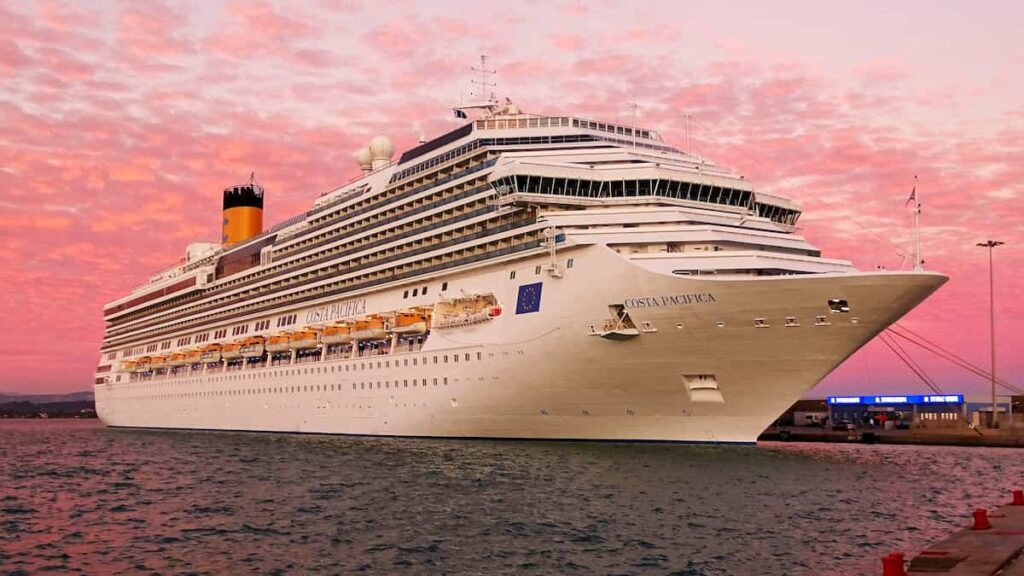
Factors Affecting Cruise Ship Speed
Cruise ship speeds depend on a variety of factors, including the ship’s size, design, propulsion system, and weather conditions. Generally, larger ships are slower due to their increased mass and greater resistance in the water. Weather conditions like strong winds and currents can also have a significant impact on a ship’s speed.
Ship design also plays a critical role in determining a cruise ship’s speed. Modern ships are engineered to optimize hydrodynamic efficiency, reducing drag and increasing overall speed. A ship’s propulsion system, which can vary between traditional diesel-electric engines and gas turbines, can also influence its speed. You can learn more about how these propulsion systems work in our article about cruise ship stability.
Additionally, it’s essential to understand the terminology used when discussing a ship’s speed. Cruise ships’ speeds are often measured in knots. To learn more about what a knot is and how it relates to speed, check out our article explaining how fast a knot is.
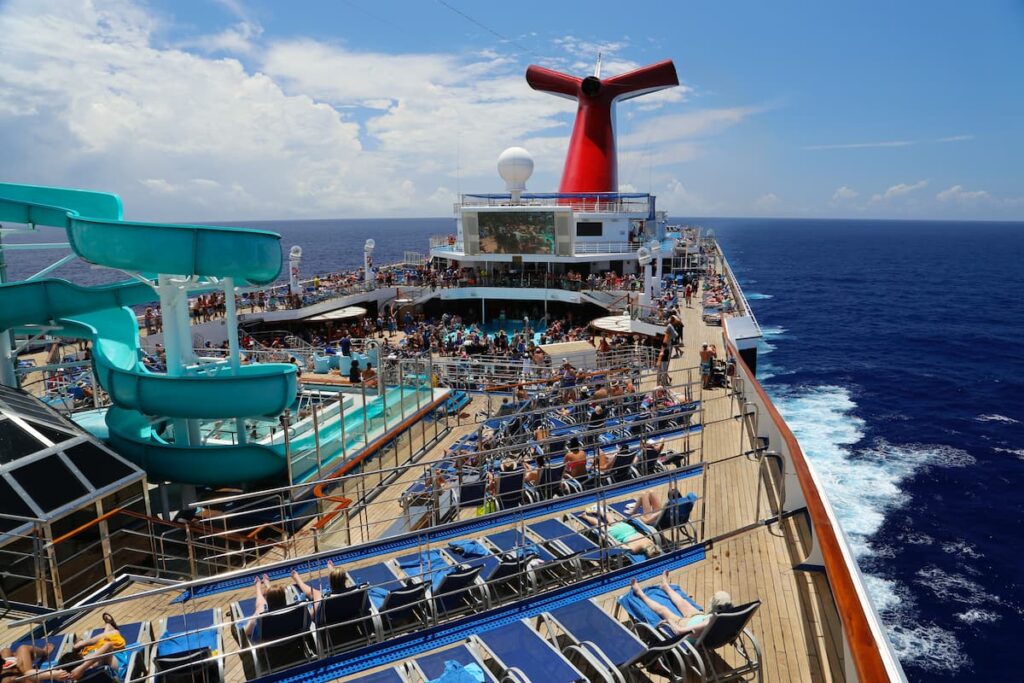
The Importance of Speed in Cruise Ship Travel
The importance of speed in cruise ship travel cannot be understated. It directly impacts fuel efficiency, passenger comfort, and itinerary planning, all of which contribute to a memorable and enjoyable vacation experience for cruise ship passengers.
Fuel Efficiency
Cruise ships need to strike a balance between speed and fuel efficiency. The faster a ship travels, the more fuel it consumes, which can significantly increase operational costs. Cruise lines aim to find the optimal speed that allows them to cover the desired distance in a reasonable amount of time without excessively consuming fuel. Our article on fuel consumption provides a deeper understanding of how fuel usage impacts the maritime industry.
Passenger Comfort
While speed is essential, passenger comfort is also a priority for cruise lines. Ships are designed to minimize the effects of motion sickness by employing advanced stabilization techniques. Furthermore, maintaining a steady and comfortable speed ensures a smoother and more enjoyable voyage for passengers. In comparing the Titanic and modern cruise ships, it’s evident that there have been significant improvements in passenger comfort and safety over the years.
Itinerary Planning
Cruise ship speed plays a crucial role in itinerary planning. Faster ships can cover more distances in a shorter time, allowing them to visit more destinations within a set time frame. However, speed must be balanced with other factors, such as time spent in port, to create an attractive and feasible itinerary for passengers. For example, a faster ship could enable passengers to spend more time exploring the best Mayan ruins in Costa Maya, Mexico, providing an unforgettable experience.
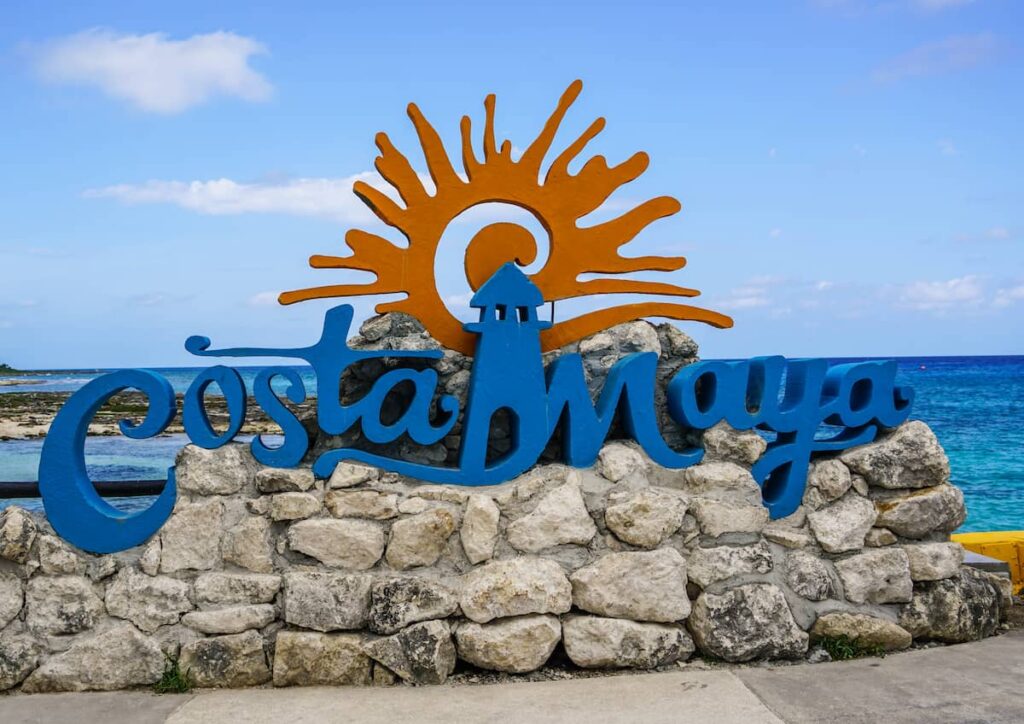
Cruise ship speed is not only essential for large vessels but also for smaller charter boats, such as yachts and sailboats. When planning a vacation, it’s essential to understand the speed capabilities of different types of vessels. Our guide to yacht and sailboat charters in Miami provides insight into the various options available to travelers seeking a more personalized and intimate boating experience.
How Cruise Ships Maintain Their Speeds
Propulsion Systems
Cruise ships use various propulsion systems, such as diesel-electric engines or gas turbines, to generate power and maintain their speed. These systems are designed to be efficient and reliable, ensuring that the ship can maintain a consistent speed throughout its journey. Our article on cruise ship stability provides an in-depth look at the relationship between propulsion systems and a ship’s overall stability.
Stabilization Techniques
To maintain a smooth and comfortable ride, cruise ships employ advanced stabilization techniques. Modern cruise ships use stabilizers, such as fins and gyroscopic stabilizer systems, to counteract the effects of waves and minimize the ship’s rolling motion. These technologies help ensure a steady speed and a more enjoyable experience for passengers.
Cruise ships are equipped with sophisticated navigation systems that allow them to determine the most efficient routes and maintain their speed in varying weather conditions. These systems use GPS, radar, and weather data to help the crew make informed decisions about the ship’s course and speed.
Speed vs. Sustainability
Environmental Impact of Cruise Ships
While speed is an essential aspect of cruise ship travel, it’s important to consider the environmental impact of these vessels. The faster a ship goes, the more fuel it burns, contributing to air pollution and greenhouse gas emissions. Additionally, high-speed travel can also cause noise pollution and disturbance to marine life.
Innovations for a Greener Future
As the cruise industry continues to grow, there is an increasing focus on sustainability and reducing the environmental impact of these ships. Some innovations include the development of hybrid and electric propulsion systems, the use of cleaner fuels, and advances in the hull design to reduce drag and improve fuel efficiency. These efforts aim to balance the need for speed with the industry’s responsibility to protect the environment, ensuring a more sustainable future for cruise ship travel.
Conclusion
Cruise ship speeds vary based on factors such as size, design, and weather conditions, with average speeds, typically ranging between 20 and 25 knots. While speed is crucial for itinerary planning and passenger comfort, cruise lines must balance this with fuel efficiency and sustainability concerns. As the industry evolves, we can expect to see continued innovation to minimize the environmental impact of cruise ships while still providing a comfortable and efficient mode of travel.
FAQs
What is the fastest cruise ship?
The Queen Mary 2 is one of the fastest cruise ships, capable of reaching speeds up to 30 knots (34.5 mph or 55.5 km/h).
How do cruise ships maintain their speed?
Cruise ships maintain their speed using propulsion systems, advanced stabilization techniques, and sophisticated navigation systems that help them determine the most efficient routes.
Do cruise ships travel faster at night?
Cruise ships generally maintain a consistent speed throughout the day and night. However, speeds may be adjusted based on weather conditions or other factors.
What is the environmental impact of cruise ship speeds?
Faster cruise ships consume more fuel, leading to increased air pollution and greenhouse gas emissions. High-speed travel can also cause noise pollution and disturbance to marine life.
What innovations are being developed to improve cruise ship sustainability?
Some innovations include hybrid and electric propulsion systems, cleaner fuels, and advances in hull design to reduce drag and improve fuel efficiency.
- Sustainable and Luxurious: Discovering Split’s Yachting Paradise – April 26, 2024
- MarineTraffic vs VesselFinder: Which Is Better Vessel Tracking Service? – February 14, 2024
- Port Costs: A Comprehensive Guide to Port Dues and Fees for Cargo Ships – February 12, 2024





Leave a Reply